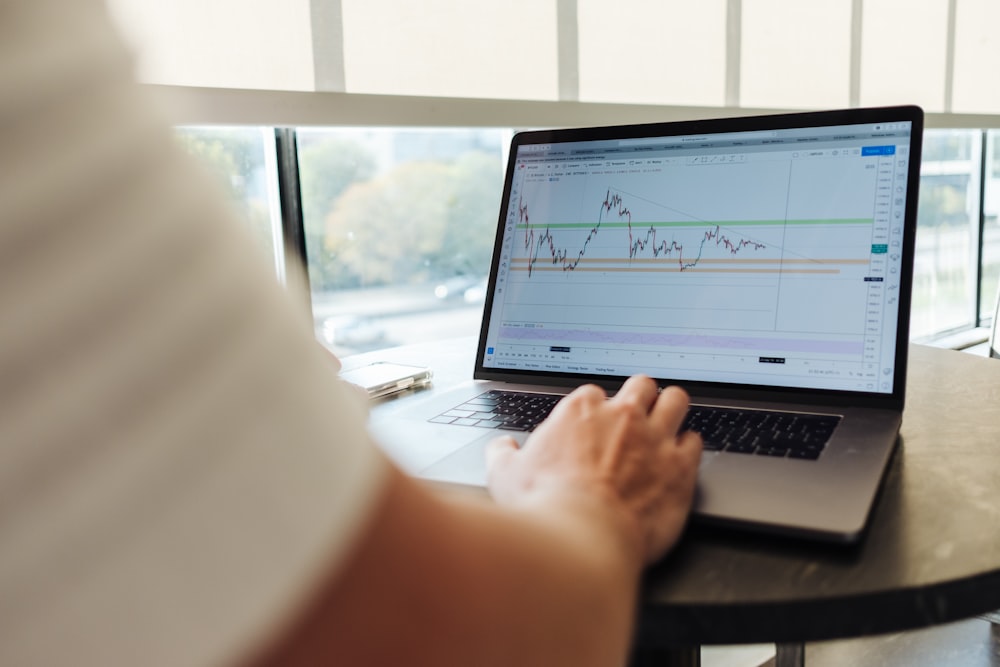The S&P 500 GARP Index: Strong Fundamental Performance Amid A Steep Valuation Discount
Image Source: Unsplash
GARP (growth at a reasonable price) has long been a staple investment strategy, but it was popularized by investing legend Peter Lynch after the Magellan Fund posted a remarkable average annual return of 29.2% at from 1977 to 1990.1 As the name implies, it’s a strategy that seeks to strike a balance of tracking stocks with both growth and value characteristics. While the S&P 500® GARP Index has historically outperformed over the long term, its recent underperformance relative to the S&P 500 in 2024 has led to a situation where it is no longer trading at a “reasonable” price, but rather at a “historically cheap” price relative to The 500™. Interestingly, this blog will reveal that the current valuation disconnect occurs during a period of particularly strong fundamental performance factors for the S&P 500 GARP Index.
Valuation Comparison
Exhibit 1 illustrates the historical trailing 12-month price-to-earnings (P/E) ratio discount of the S&P 500 GARP Index relative to The 500 since June 1995. As of Jan. 31, 2025, the current discount is 51.0%, attributed to The 500’s P/E ratio of 28.3 compared to the S&P 500 GARP Index’s P/E ratio of 13.9.
As Exhibit 1 shows, the discount has historically tended to mean revert when reaching extended levels, with another notable divergence occurring in June 2000 when the discount peaked at 59% near the Tech Bubble. In the one-, three- and five-year periods following June 2000, the S&P 500 GARP Index outperformed The 500 by 25%, 45% and 78%, respectively.
(Click on image to enlarge)

Growth Comparison
Exhibit 2 shows that the S&P 500 GARP Index’s 2024 operating earnings per share (EPS) growth rate is in line with its five-year median of 12.3%. Both figures indicate a significant premium compared to the operating EPS growth rates of The 500 and the S&P 500 Equal Weight Index in 2024. The five-year median is presented instead of the average due to the volatility of operating EPS, particularly during the 2020-2022 COVID-19 period, which can distort the average calculation.
(Click on image to enlarge)

Quality Comparison
The same trend observed in the operating EPS growth comparison is evident in the quality comparison as well. As shown in Exhibit 3, the S&P 500 GARP Index’s 2024 return on assets (ROA) of 4.9% is 24% higher than its five-year average of 3.9%. In comparison to The 500 and the S&P 500 Equal Weight Index, this 4.9% ROA reflects a 31% and 100% increase, respectively.
(Click on image to enlarge)

The S&P 500 GARP Index’s 2024 return on equity (ROE) of 17.0% is 10% above its five-year average and is closely aligned with The 500’s 2024 ROE of 17.3% (see Exhibit 4). Compared to the S&P 500 Equal Weight Index’s ROE of 11.0%, the S&P 500 GARP Index’s ROE reflects a 54% premium.
(Click on image to enlarge)

Conclusion
Despite its notable valuation discount, the S&P 500 GARP Index’s 2024 fundamental performance—assessed through growth and quality metrics—was strong compared to both its benchmarks and its historical performance. The S&P 500 GARP Index demonstrated strong fundamental performance in 2024 while simultaneously trading at one of its widest valuation discounts since the Tech Bubble peak in 2000.
More By This Author:
Strong since Launch: The S&P 500 High Dividend Growth Index
An Index Approach To Fossil Fuel Reserves Divestment: Spotlight On The New S&P/TSX Composite Fossil Fuel Reserves Free Index
Essential Metal Awakening
The posts on this blog are opinions, not advice. Please read our Disclaimers.




